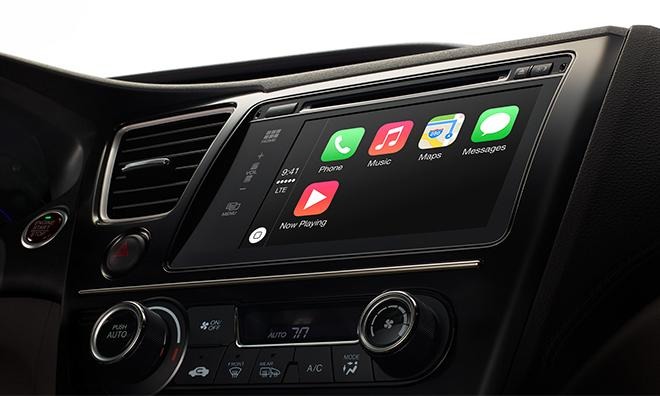US regulators ask smartphone makers to implement function-limited 'driver mode'
Federal auto safety regulators looking to cut down on smartphone-related accidents and fatalities are asking device manufacturers like Apple and Samsung to develop and include a so-called "driver mode" in their products, a function-limited operating configuration akin to existing airplane mode settings.
The National Highway Traffic Safety Administration on Wednesday will issue a set of voluntary guidelines that requests smartphone makers implement a driver mode, or otherwise restrict users from accessing certain apps and features while driving, reports The New York Times.
"Your smartphone becomes so many different things that it's not just a communication device," said Secretary of Transportation. "Distraction is still a problem. Too many people are dying and being injured on our roadways."
According to the report, the NHTSA guidelines call on smartphone manufacturers to not only include new user limitations in future operating systems, but also develop technology capable of detecting when a device is being used by a driver while they are driving. While the agency has in the past proposed similar guidelines to in-car infotainment and navigation systems manufacturers, Wednesday's set of recommendations are the first relating to portable devices.
Regulators are looking to stem a rising tide of traffic accidents related to distracted driving, some of which have been blamed on smartphone use. While past measures concentrated on texting and talking, officials believe rules are needed to address new dangers presented by smartphones. Unlike cellphones, smart devices are complex computers capable of preforming a variety of functions through apps, from media playback to games to real-time video chats.
Whether private companies will heed the NHTSA's proposal is unclear, though many are already working to provide users with safe driving options. Apple, for example, has been developing in-car connectivity features since the early days of iPod.
Apple's most recent effort is CarPlay, a holistic in-car system built on the company's iOS operating system. Introduced in 2014, CarPlay connects with a host iPhone to display apps and services on compatible OEM infotainment touch screens.
Importantly, CarPlay grants user access to iOS features using Siri voice commands instead of looking down at their phone or an in-dash display.
Apple initially announced CarPlay availability from a host of carmakers, though the technology has been slow to rollout. It seems 2017 will be the year most car manufacturers deliver on their promise, however, as the platform is seeing adoption across a wide range of makes and models. Most recently, Jeep this month revealed its 2017 Compass will boast CarPlay compatibility at launch.
 AppleInsider Staff
AppleInsider Staff











 Malcolm Owen
Malcolm Owen
 William Gallagher and Mike Wuerthele
William Gallagher and Mike Wuerthele
 Christine McKee
Christine McKee
 William Gallagher
William Gallagher

 Marko Zivkovic
Marko Zivkovic









